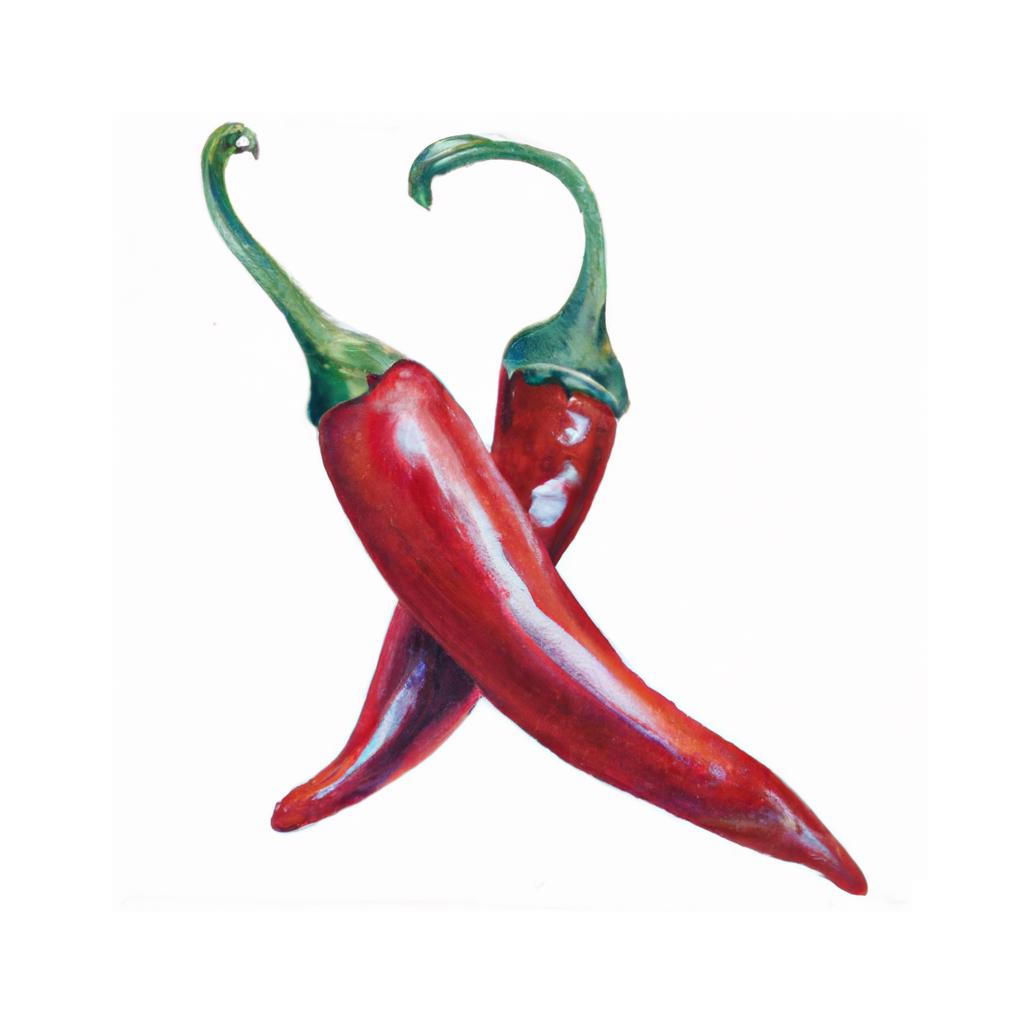
Chilli peppers, or Capsicum annuum, are a popular vegetable with a long and fascinating history. They are native to the Americas and have been cultivated for thousands of years by indigenous peoples. In fact, archaeological evidence suggests that chilli peppers were first domesticated in Mexico around 5000 BC. Today, they are grown worldwide and are an essential ingredient in many regional cuisines.
The heat level of a chilli pepper is determined by the concentration of capsaicinoids, which are chemical compounds that provide the characteristic spicy sensation. The Scoville scale, developed by pharmacist Wilbur Scoville in 1912, measures the pungency of chilli peppers in Scoville Heat Units (SHU). Mild chilli peppers, like bell peppers, have a rating of 0 SHU, while the hottest chillies, such as the Carolina Reaper and Ghost pepper, can exceed 1 million SHU.
With hundreds of varieties of chilli peppers available, they come in a range of colors, shapes, and sizes. The most common types include jalapenos, habaneros, serranos, and cayenne peppers. These peppers can be used fresh, dried, or ground into powder or flakes, providing endless possibilities for adding spice and flavor to your dishes.
Chilli peppers are incredibly versatile and can be found in a wide array of dishes, from fiery hot sauces and salsas to rich and flavorful curries, stews, and chili con carne. Their heat and flavor profile complement various ingredients such as meats, seafood, vegetables, and even fruits. In addition to their culinary use, chilli peppers also have medicinal properties and are believed to aid digestion, improve circulation, and reduce inflammation.
When growing chilli peppers in your garden, it's important to provide them with plenty of sunlight and well-draining soil. They should be planted after the last frost in your area and spaced about 18 to 24 inches apart to ensure proper air circulation. Chilli peppers generally take about 60 to 120 days to mature, depending on the variety. Harvest your chillies when they reach their full color and desired heat level, as the longer they remain on the plant, the hotter they become.
This is advice is most applicable to growers in the UK, you may need to adjust the timings if you live somewhere with a different climate and/or seasons.
| Month | Tasks | Advice |
|---|---|---|
| January | sow, | Start sowing chilli pepper seeds indoors in a heated propagator or warm windowsill, maintaining a temperature of around 18-21°C. |
| February | sow, | Continue sowing chilli seeds indoors, ideally in a warm, well-lit location. Rotate the pots to ensure even growth. |
| March | sow, plant out, | Transplant seedlings into larger pots as they grow, and begin to harden off young plants for outdoor planting by gradually exposing them to outdoor conditions. |
| April | plant out, | Plant chilli peppers outside in a sunny, sheltered spot, ensuring the risk of frost has passed. Use cloches or fleece to protect plants if necessary. |
| May | - | - |
| June | harvest, | Begin harvesting chilli peppers once they have reached their desired colour and size. Harvest regularly to encourage further fruit production. |
| July | harvest, | Continue harvesting chilli peppers, and water regularly to maintain soil moisture. Pinch out any flowers towards the end of the month to focus energy on fruit production. |
| August | harvest, | Harvest chilli peppers as they ripen, and ensure plants are well-watered in hot weather. Remove yellowing leaves to improve air circulation. |
| September | harvest, | Maintain regular harvesting of ripe chillies. If growing indoors, bring outdoor plants inside before the first frosts arrive. |
| October | harvest, | Finish harvesting chilli peppers before the first frosts of autumn. Indoor plants may continue to produce fruit. |
| November | - | - |
| December | - | - |